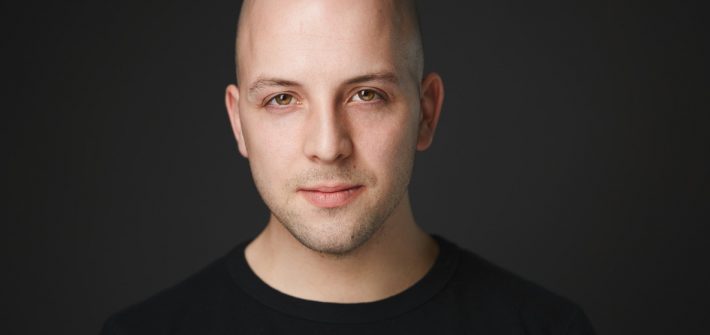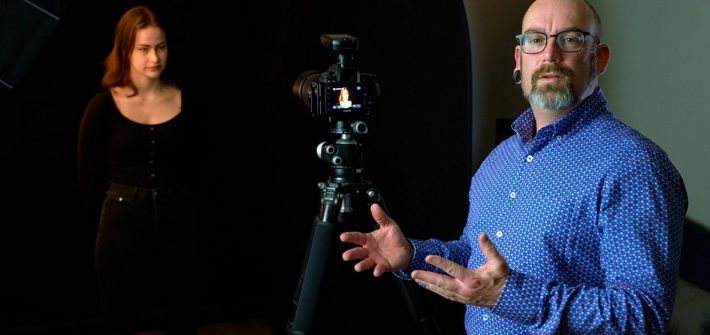There’s so much more to black and white than the simple removal of color. We must understand both color and tone, plus their relationship with the world of monochrome. Here are 10 tips to help you become a better black and white photographer.
![]()

Perhaps one of the biggest moral debates I have with myself is when I look at the good work of “bad” photographers — work that has a life of its own and work that has become culturally significant. Yet, that work has a dark side to it: the creator. Is it possible to look at photographs without ever thinking about the photographer behind them?
![]()

It always starts innocently enough: you buy a new camera and start taking photos. Then someone you know asks a favor and you’re all too happy to oblige them with all the photos you can snap. Fast forward just a small amount of time later and you realize, with great sorrow, this phase of freebies doesn’t have an end.

If you are going to shoot a model, it is great to have an idea about the right lighting setup. Experimenting when the model is standing in front of your camera may not be the best time to do this. With the software set.a.light.3D, it is possible to simulate any possible lighting setup imaginable.
![]()

Many photographers would love to sell prints from their website but holding stock is expensive, shipping can be complicated, and buying a quality print can be a significant investment of money and wallspace that won’t appeal to a large chunk of your audience. Why not sell postcards instead?
![]()

One of the photographers that shapes the future of portrait, fashion, and advertising photography is Rankin. His portfolio includes the portrait of HM Queen Elisabeth II and countless images of Kate Moss, Heidi Klum, and A-List celebrities. As a fashion photographer, he has photographed commercially for some of the biggest clients, while his editorial work has been displayed on the covers of most major magazines over and over again.
![]()